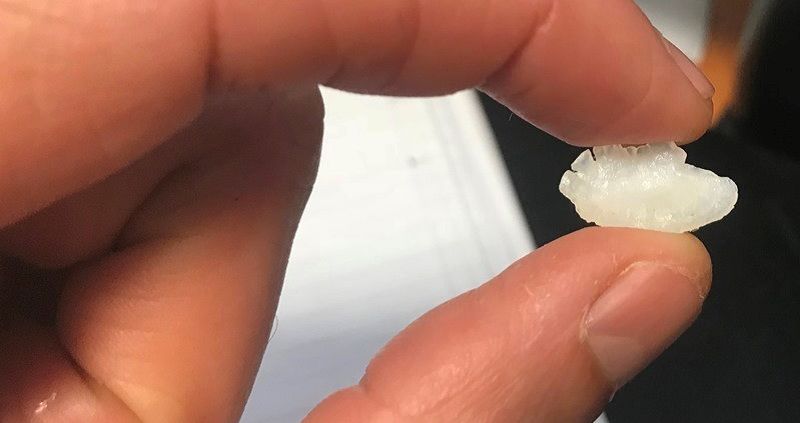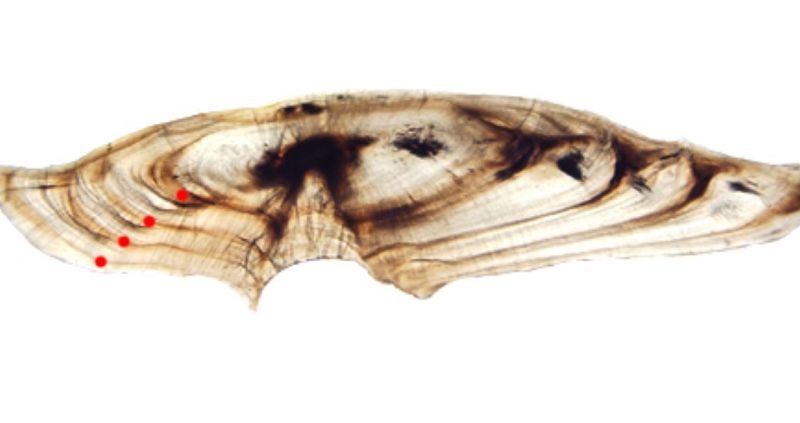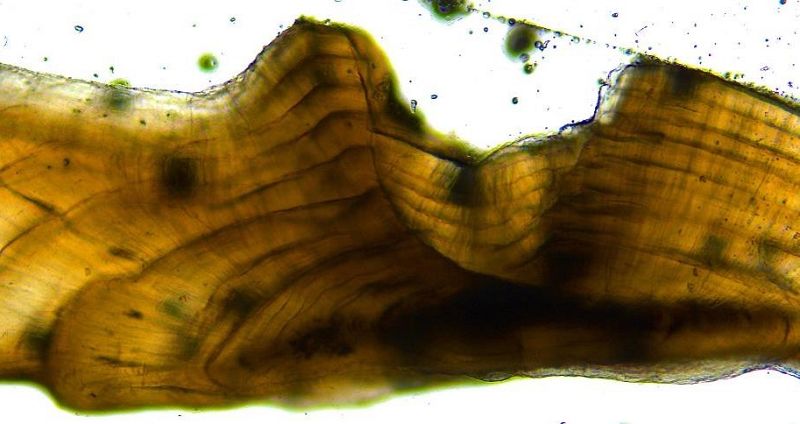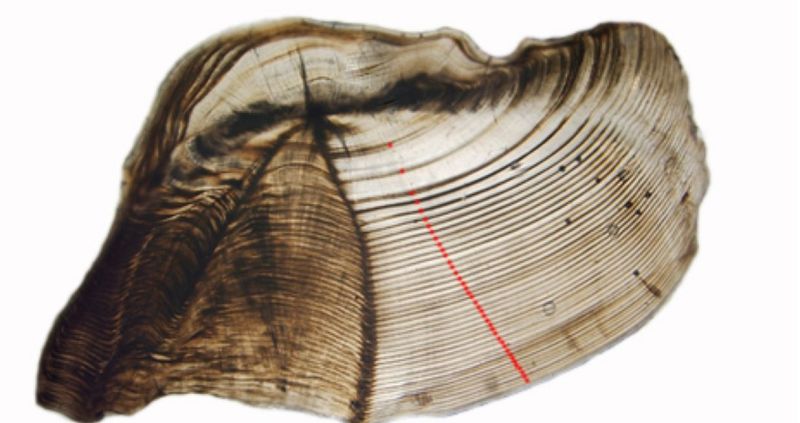Exploring Fish Populations: A Quiz on Scientific Research
{"name":"Exploring Fish Populations: A Quiz on Scientific Research", "url":"https://www.quiz-maker.com/QPREVIEW","txt":"Welcome to the quiz that will test your understanding of the scientific method through a practical example focused on fish populations! Dive deep into the world of research and discover the steps scientists take to understand and protect species.Learn about the scientific methodUnderstand the importance of data collectionMake informed conclusions based on evidence","img":"https:/images/course8.png"}
More Quizzes
CO2 sequestration
11630
What are you looking for?
520
3 Levels of Government
12651
RAINFOREST QUIZ
420
How to Know if a Guy Likes You
201023718
Questions About Social Media and Mental Health
201028844
Which Summer House Character Are You? Find Out Now!
201029815
PTCB Sample Questions: Free Practice Exam
201035636
Innovation, Design, Engineering & Analysis Projects
15830507
Past Tense: Ace Grade 5 Simple Past Verbs Now!
201035131
Ultimate Grown Ups - Free Online Movie Trivia
201056241
Biology Semester 2 Final Exam - Test Your Skills
201053522





